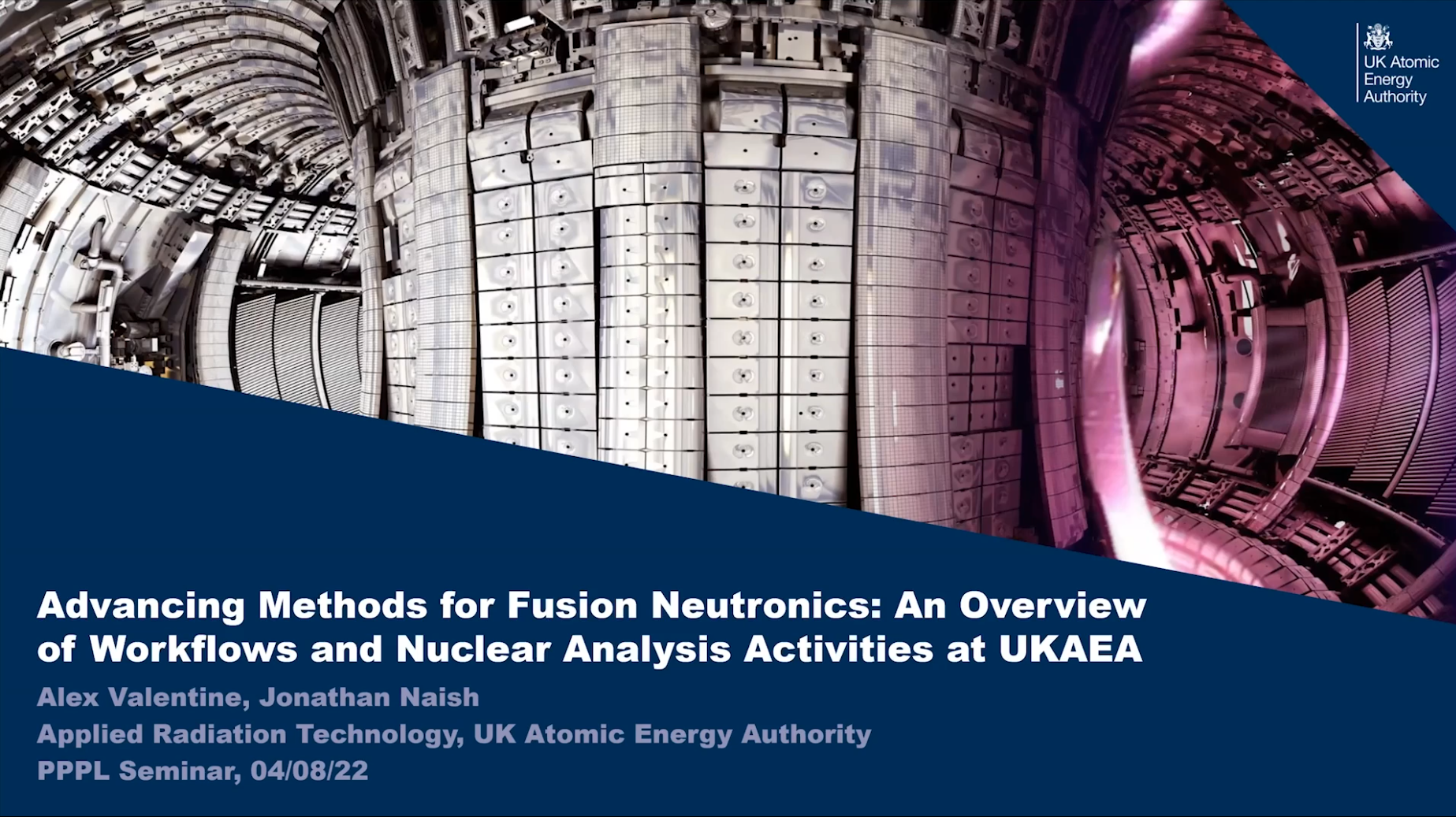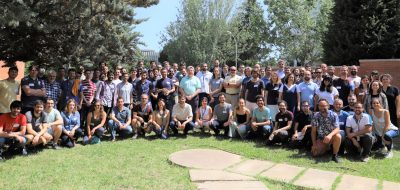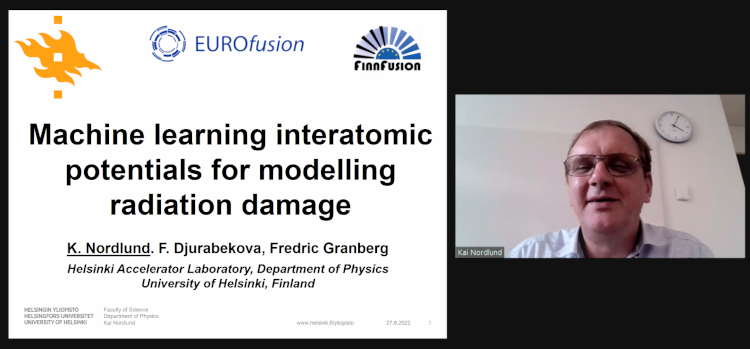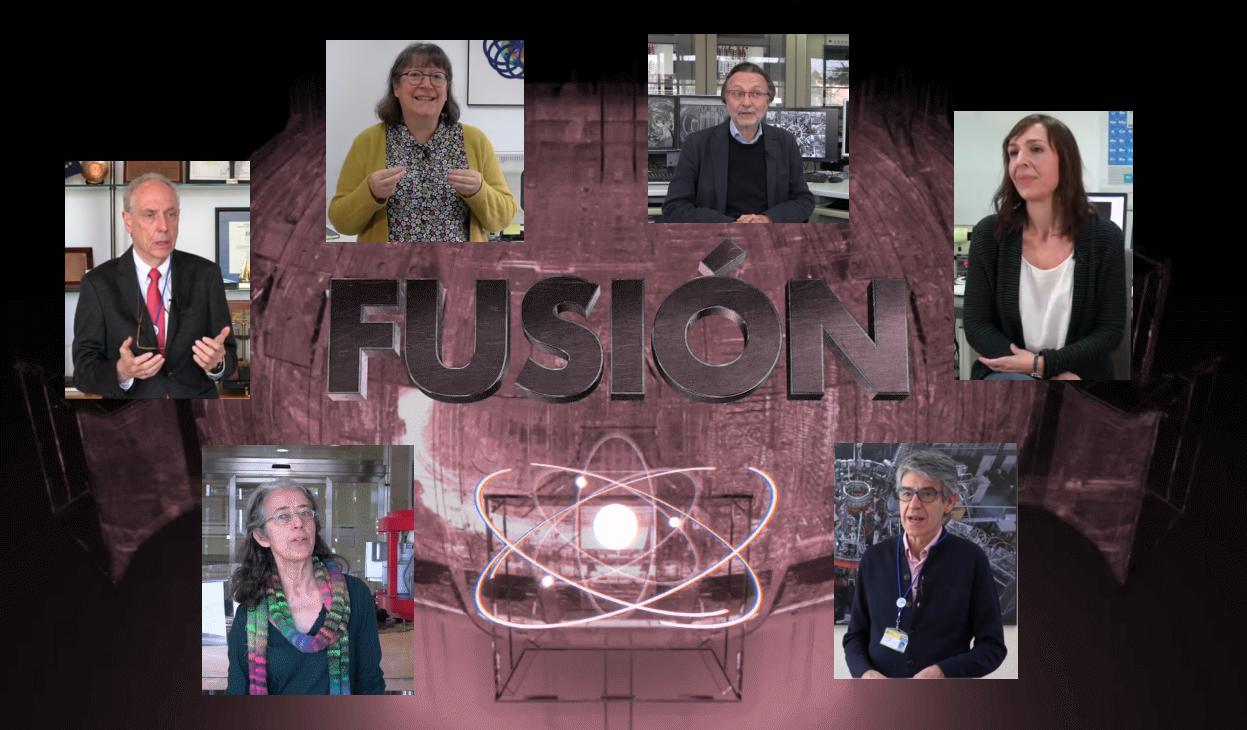
Women in Fusion (WiF) is a global platform to inspire and support women in the Fusion field through sharing experiences, promoting leadership, and encouraging greater recognition for women’s contributions to Fusion. Their website, launched earlier this summer, offers information about the platform and participants of all genders are welcome to join. The website provides community forums for discussion which are open to all registered users as well as information about gender discrepancies in the Fusion workforce.
WiF was established in 2021 following a successful webinar at the Fusion Energy Conference (FEC2020) which clearly showed the need to increase the representation of women in Fusion science and research. The organization is the fruit of a collaboration between IAEA, ITER, Fusion for Energy, General Atomics and EUROfusion. The first WiF event is scheduled for 2023.





